When folks picture Italian mountains, they usually think of the Alps up north. But tucked away in southern Italy, there’s a secret that might just blow your mind.
The Sila Mountains in Calabria make up a sprawling forested plateau called the “gran bosco d’Italia” (Italy’s great forest). These alpine landscapes don’t seem like they belong in the Mediterranean south at all.
I stumbled across this wild place on a spring trek through Calabria. Sila National Park stretches across Cosenza, Crotone, and Catanzaro, creating rugged country that shatters every stereotype about southern Italy.
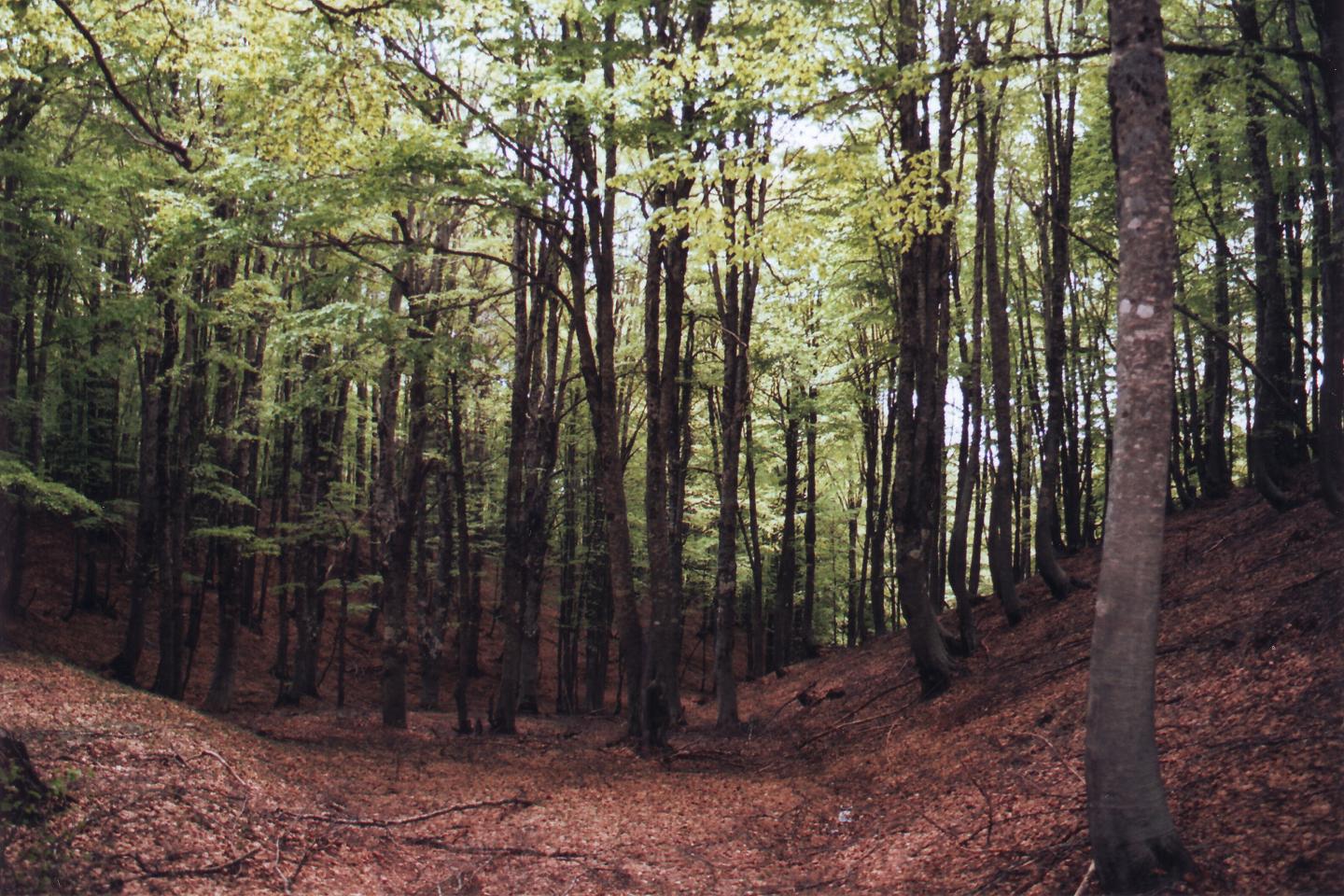
Image Source: Wikimedia Commons
What really floored me? I found ancient larch pines—some more than 350 years old—standing like silent giants in this remote corner. It felt surreal.
The mountain area mixes natural beauty and cultural history, shaped by people for ages. As you hike, the Mediterranean warmth fades, replaced by crisp alpine air.
That contrast is what makes Sila unforgettable. It’s a highland oasis rising from Calabria’s narrowest point, showing off a side of southern Italy that most travelers never even hear about.
The Unique Alpine Forests of Sila
The Sila Mountains hide some of Italy’s most incredible forests, locally called “gran bosco d’Italia.” These alpine landscapes pop up where you’d least expect—in the Mediterranean climate of Calabria.
It’s wild how such a green heart beats in the region’s mountainous interior.
Origins of Sila’s Alpine Ecosystems
Over thousands of years, Sila’s alpine forests took shape thanks to quirky geology and climate. What makes them stand out? They’ve survived in southern Italy’s Mediterranean climate, forming a cooler microclimate on this giant plateau.
During the Holocene, after the last ice age, warming temperatures let forests slowly take over the mountain slopes.
People started interacting with these woods back in Neolithic times, but for centuries, they barely left a mark.
I’ve wandered through spots where ancient civilizations once gathered resources. Still, the forests kept their wild spirit.
The high elevation of Sila—over 1,900 meters—creates conditions that feel more northern European than Calabrian.
Vegetation Dynamics and Key Tree Species
Sila National Park’s forests burst with biodiversity, but a few tree species really steal the show.
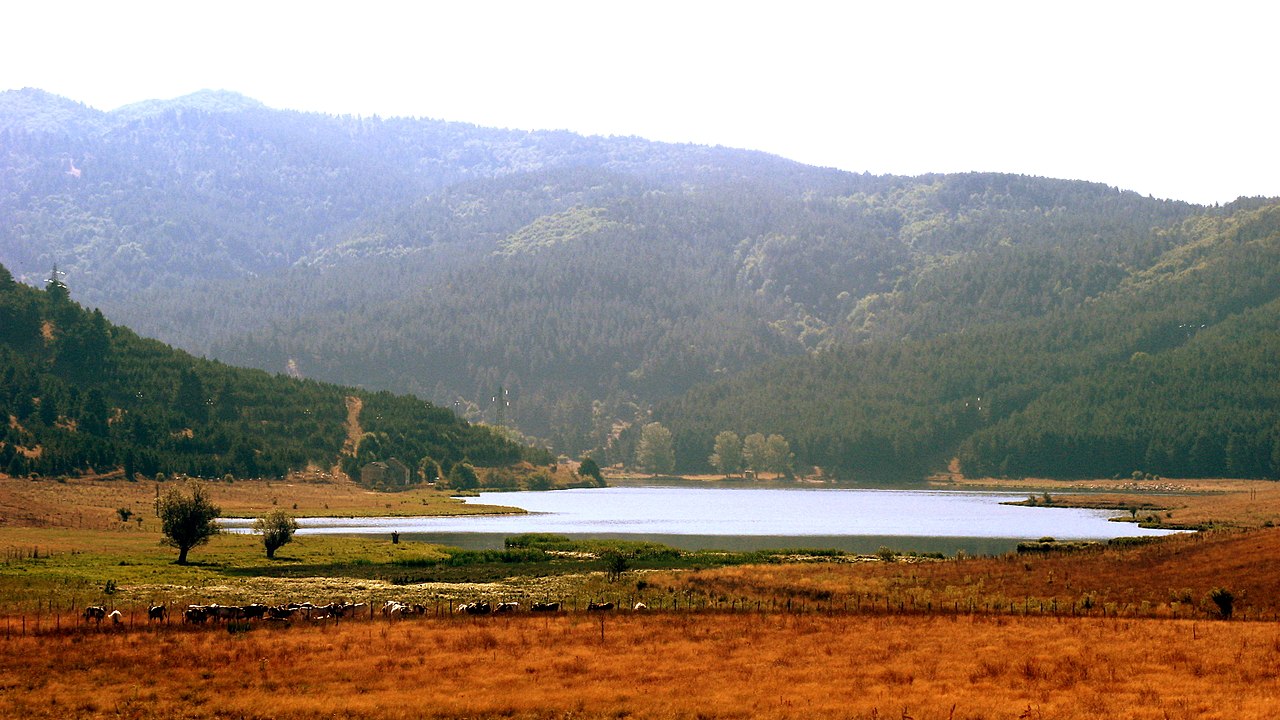
Image Source: Wikimedia Commons
The Calabrian pines (Pinus nigra calabrica) are just immense, sometimes hitting 40 meters tall and living for centuries.
You’ll also spot:
- European beech (Fagus sylvatica)
- Italian maple (Acer opalus)
- European silver fir (Abies alba)
As you walk through Sila, you see how the forest changes with the climb. Lower down, mixed deciduous trees dominate. Go higher, and suddenly you’re among pure pine stands.
Wildlife plays its part too. Wild boar root around, stirring up the soil and spreading seeds. Their digging makes little clearings where new trees can get started.
Palaeoecological Insights Into Forest Evolution
Scientists have pulled sediment cores and dated them with radiocarbon, uncovering some cool details about Sila’s forest past.
Those lakebed pollen records stretch back thousands of years.
The studies show the forests have shifted a lot. About 8,000 years ago, oak woodlands faded out while pine and beech took over, probably thanks to subtle climate changes.
I’ve chatted with researchers who found signs of ancient fires in the sediments, proving these forests adapted to regular disruptions. Their findings just highlight how tough and adaptable Sila’s forests have always been.
Later, during the Roman era, people started having a bigger impact on the woods. But the remote mountains kept much of their wildness until pretty recently.
Ancient History and Human Influence
The Sila plateau’s story stretches back millennia, shaped by wave after wave of human presence. People have changed these forests through cycles of use, protection, and culture.
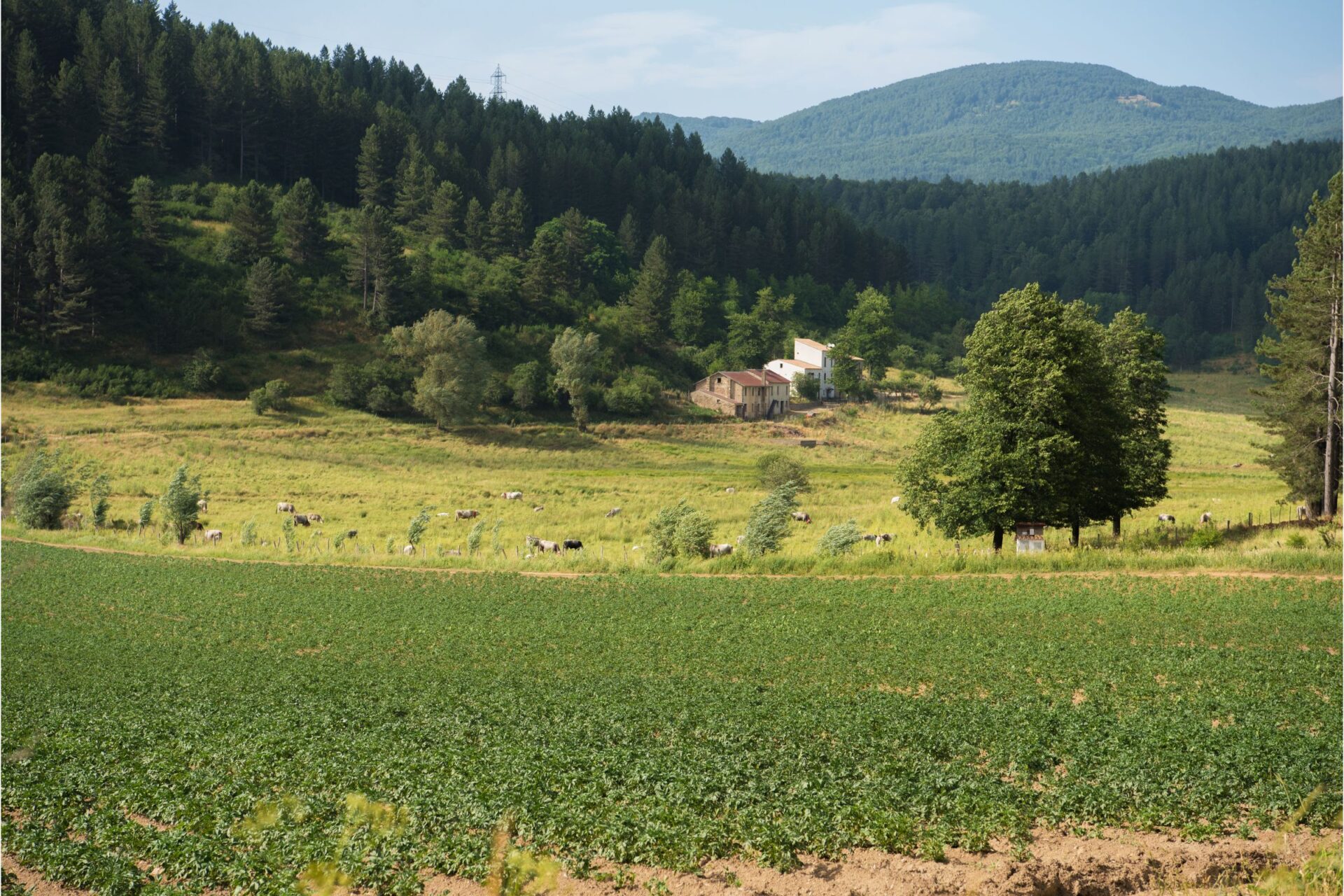
Land-Use Change From Roman Times to Modern Day
Back in the Neolithic, folks first settled these mountain regions and cleared patches for farming. That kicked off the earliest land-use changes.
During the Roman Republic, the forests became public land (ager publicus) and Roman law protected them. The Romans needed those tall pines for their navy.
I’ve come across ancient Roman roads that still slice through the woods—a reminder of how organized their timber business was.
After Rome fell, land management got messy. Medieval communities had to invent sustainable ways to use the forest, just to survive.
By the 18th century, more people meant more land needed for crops and grazing, and deforestation picked up speed.
Historical Towns and Their Legacy
Small towns cluster around the Sila plateau, each carrying its own stories.
San Giovanni in Fiore grew up around a 12th-century abbey and became the region’s cultural heart. Locals there proudly showed me medieval buildings that have weathered centuries.
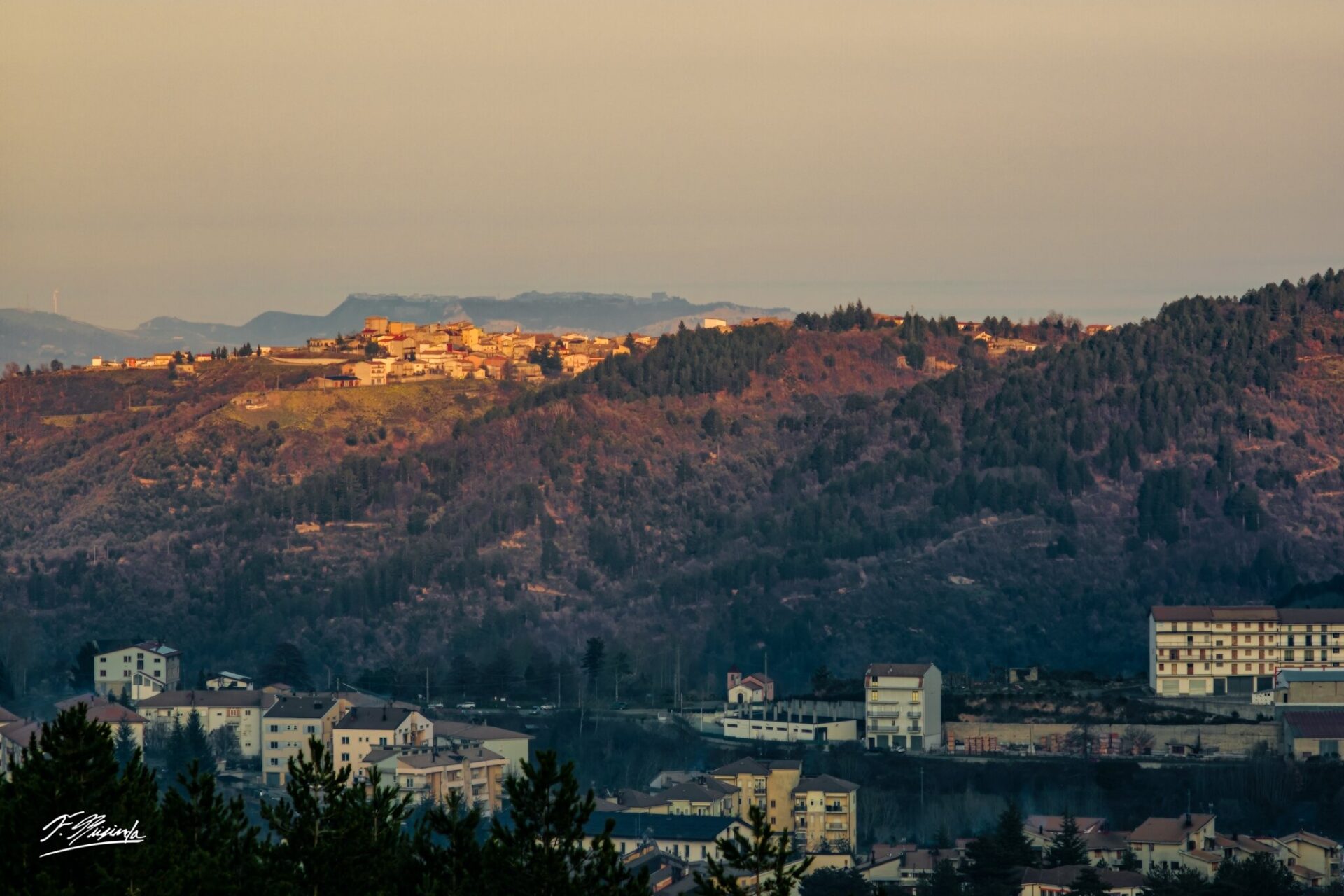
Image Source: Flickr
Longobucco, another old town, was once famous for silver mines going back to Greek times.
These towns built unique societies shaped by mountain life, hanging onto traditions you can still spot today.
Their architecture is practical—thick stone walls to keep out winter cold, raised granaries to store food. Many towns managed forest resources together, a system that helped save some woods even as pressures grew.
Tobacco Cultivation and Impact on Sila Forests
In the 17th and 18th centuries, tobacco farming changed the lower Sila landscape. I had no idea tobacco was once such a cash crop here, but it drove a lot of forest clearing.
Farmers rerouted streams and built irrigation for their fields, which changed the area’s hydrology. The tobacco boom paid for fancy baroque buildings that still stand in places like Acri and Spezzano della Sila.

Image Source: Flickr
By the 19th century, tobacco, logging, and farming had shrunk Sila’s forests a lot. Old government reports from that era show people were worried about erosion and floods from all the deforestation.
Those concerns eventually pushed Italy to pass some of its first forest protection laws, laying the groundwork for the national park that now protects these woods.
Climate Variability and Environmental Challenges
Sila’s Alpine forests face some tricky climate pressures. These mountain ecosystems have to roll with changing Mediterranean weather and the modern threats that come with it.
Impact of Mediterranean Weather Patterns
The Sila mountains get hit with a weird blend of Mediterranean and Alpine weather. When I’ve visited, I’ve seen the forests go from blazing summer heat to snowy winters in a heartbeat.
Lately, the old Mediterranean pattern—wet winters, dry summers—has become less reliable. That unpredictability stresses the local ecosystems.
Flash floods are more common now. Last year, I saw the aftermath of one: heavy rain tore up the forest floor and even damaged nearby villages.
Wild boar are feeling these changes too. Their habits shift with the seasons, and sometimes, in dry spells, they clash with farmers over food and water.
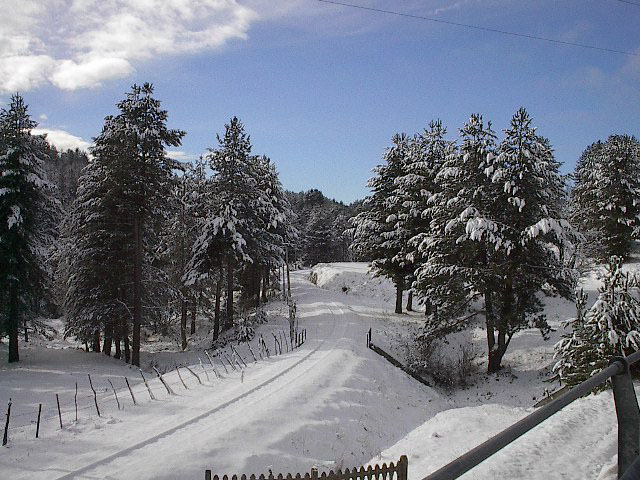
Image Source: Wikimedia Commons
Forest Response to Modern Climate Threats
Sila’s forests are tough, but climate change is testing them. Some native trees are climbing higher up the mountains as temperatures rise.
I’ve noticed certain species showing stress during long dry spells. Pine and beech forests that once thrived now struggle in places, especially on south-facing slopes.
Research shows these forests store a lot of carbon. On a recent hike through some of the oldest woods, scientists told me how important these forests could be for fighting climate change—if we protect them.
Local conservation teams focus on keeping forest diversity strong. Rangers walked me through restoration projects aimed at boosting resilience to extreme weather.
Sila Within the Broader Italian Alpine and Mediterranean Context
The Sila mountains form a unique ecological island in southern Italy, totally different from the famous Alps up north.
This forested plateau in Calabria blends Mediterranean vibes with alpine traits in a way you won’t find anywhere else in Italy.
Comparisons with Other Italian Alpine Regions
When I trekked through Sila, I couldn’t help but notice how different it feels from places like the Dolomites or Trentino-Alto Adige.
The northern Alps show off dramatic peaks and icy valleys, but Sila gives you rolling, forested plateaus. The endemic Calabrian black pines create a cozy woodland, not the bare rock faces you see up north.
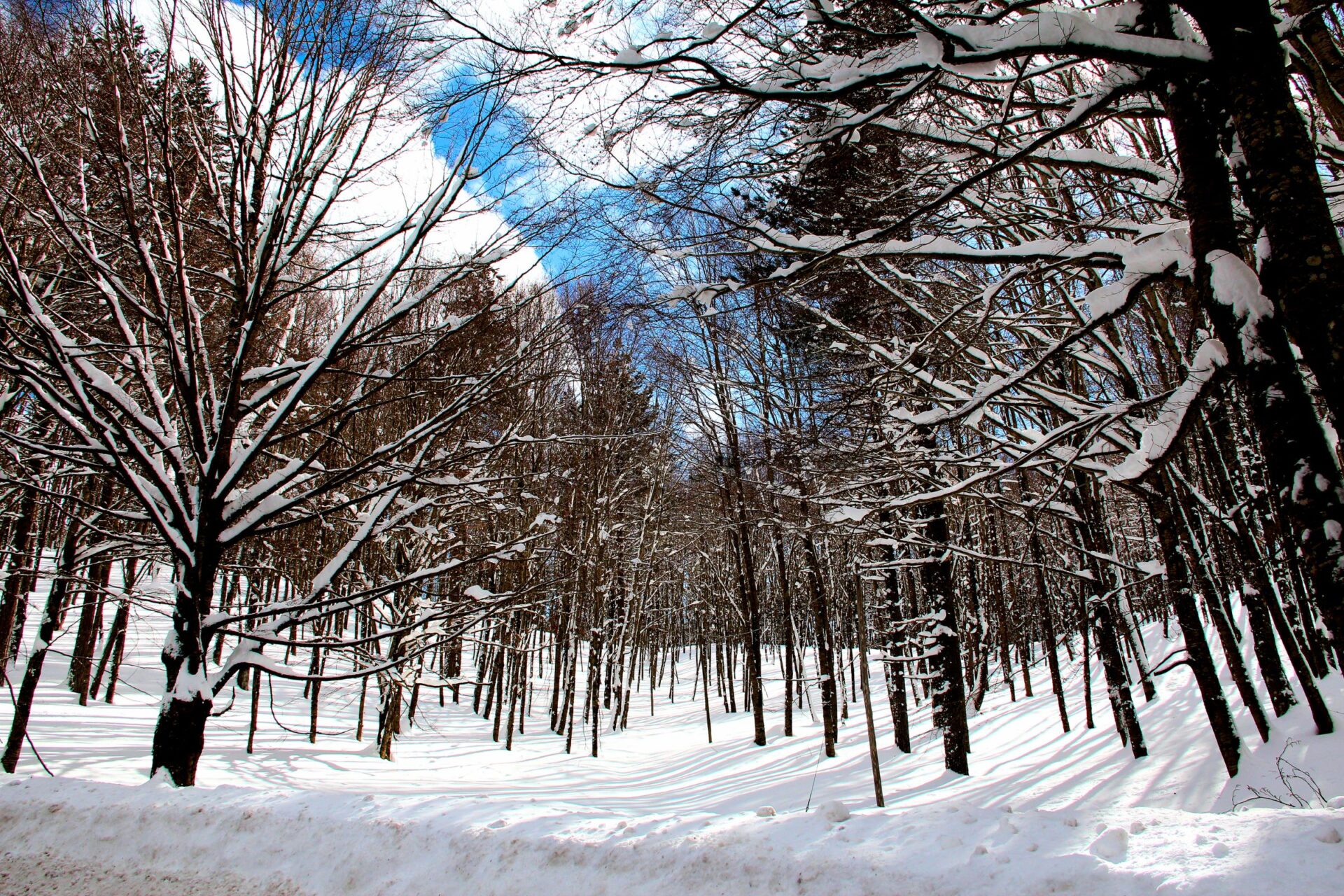
Unlike the crowded, touristy Alps of Piedmont or Veneto, Sila stays pretty undiscovered. I found the trails here blissfully quiet compared to Lake Como or Abruzzo.
That isolation has preserved Sila’s character—locals still call it “gran bosco d’Italia” with real pride.
Mediterranean Influences on Sila’s Biodiversity
Sila stands out as a crossroads for different species. As I wandered the forests, I saw Mediterranean plants mixing with alpine ones.
This biodiversity hotspot sits in the Apennines but enjoys its own set of ecological quirks.
The sub-Mediterranean climate makes room for endemic species and more common Mediterranean flora to thrive together. In spring, wildflowers explode in combinations you just can’t find in northern Italy or along the coast.
Unlike Sicily’s Mount Etna or Sardinia’s highlands, Sila evolved without much volcanic drama but kept a thick forest cover. Centuries of human interaction have shaped these woods, and UNESCO even recognizes them as a valuable biosphere with their own Mediterranean mountain forest style.
Adventure, Wildlife, and Hidden Gems of Sila
The Sila mountains invite you into ancient forests and around pristine lakes, where wildlife still roams free and the land feels alive with stories.
Exploring Sila’s Forest Trails and Lakes
People call Sila “Italy’s great forest,” and honestly, it’s no exaggeration. The forests stretch across Sila Grande, Sila Piccola, and Sila Greca, covering about 73,695 hectares.
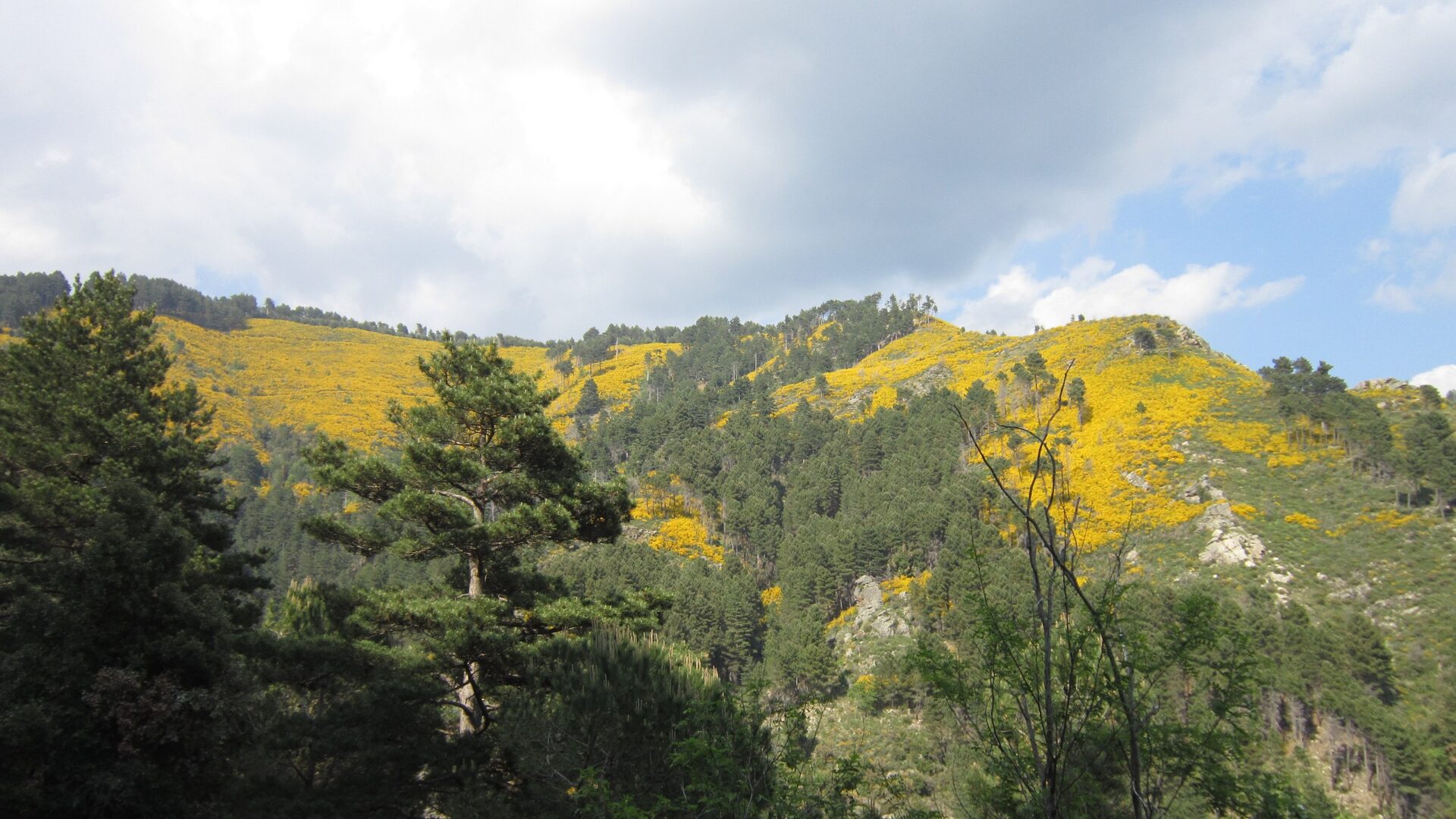
Image Source: Wikimedia Commons
Walking these woods, the massive larch pines really make an impression. Some are over 350 years old! These “giants of Sila” give the place a magic you just don’t expect in the south.
The mountain lakes are perfect for a quiet moment or a bit of adventure. Unlike the polished vibe of Lake Como, Sila’s lakes feel wilder and untouched.
If you get the chance, rent a kayak and paddle around—crystal water, thick forest all around, and not a crowd in sight.
The hiking here ranges from easy strolls to tough climbs that top out near 2,000 meters. The views of Calabria from up high? Absolutely worth every step.
Unique Wildlife Encounters in the Sila
Sila’s wild side caught me off guard more than once. As I wandered the forest at dawn, I actually saw wild boars rooting around in a quiet clearing. They’re everywhere here, but unless you’re lucky—or really patient—you might never catch a glimpse.
If you love birds, you’ll find plenty to keep you busy. I spent ages just watching:
- Kestrels hanging in the air over the meadows
- Kingfishers flashing by the lakes, way too quick for my camera
- Woodland birds calling out from the old trees
Park staff work hard to keep these habitats safe. Some local guides told me wolves have started coming back to the mountains. Still, nobody really expects to see one.
In the fall, mushroom hunters flock to the woods. When spring rolls around, wildflowers take over the clearings. Honestly, every season seems to bring something new to spot.
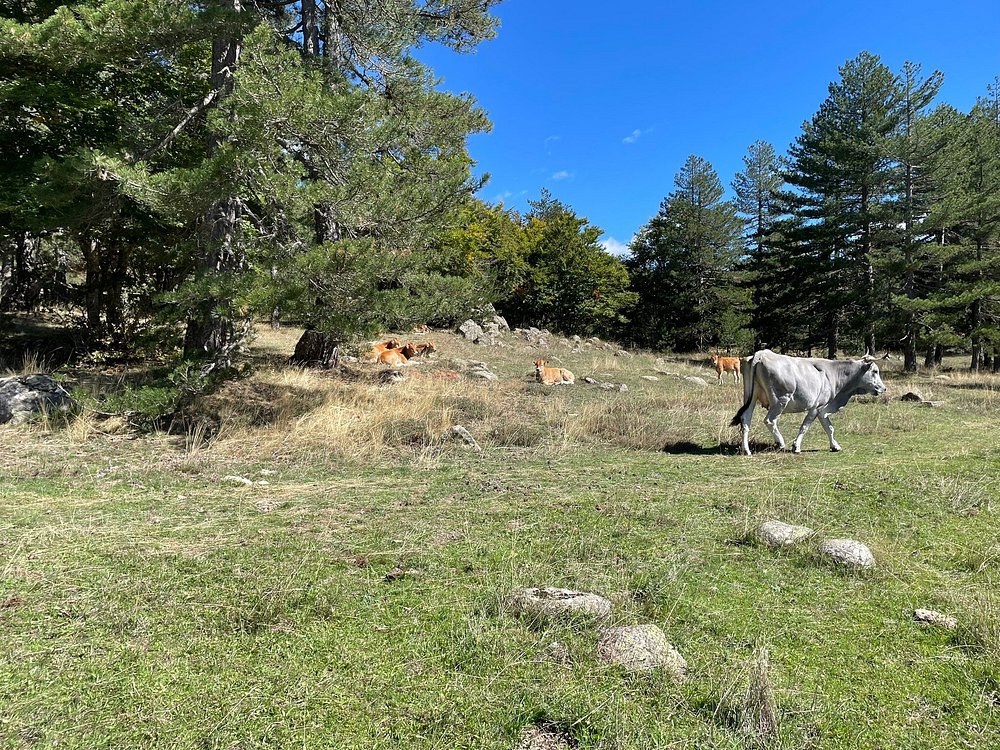
Image Source: Tripadvisor
Historical Earthquakes and Seismic Adventures
Calabria’s history feels shaped by powerful seismic events, and Sila stands as proof of all that geological drama.
I wandered into a small museum that documents major earthquakes which have left their mark on local culture and architecture.
Back in 1783 and again in 1905, the strongest tremors completely changed communities in and around Sila.
You can still spot evidence of old seismic-resistant building techniques, crafted over generations.
These days, Sila hosts parts of Italy’s seismic network, and people here actively monitor earth movements.
Some eco-lodges even invite guests to try “seismic tourism” experiences. I got to learn about earthquake prediction and basic preparedness firsthand.
All this geological activity has created unique hot springs along the mountain edges.
Honestly, soaking in those natural thermal waters, with forests all around, felt like the perfect way to end a day of exploring.

